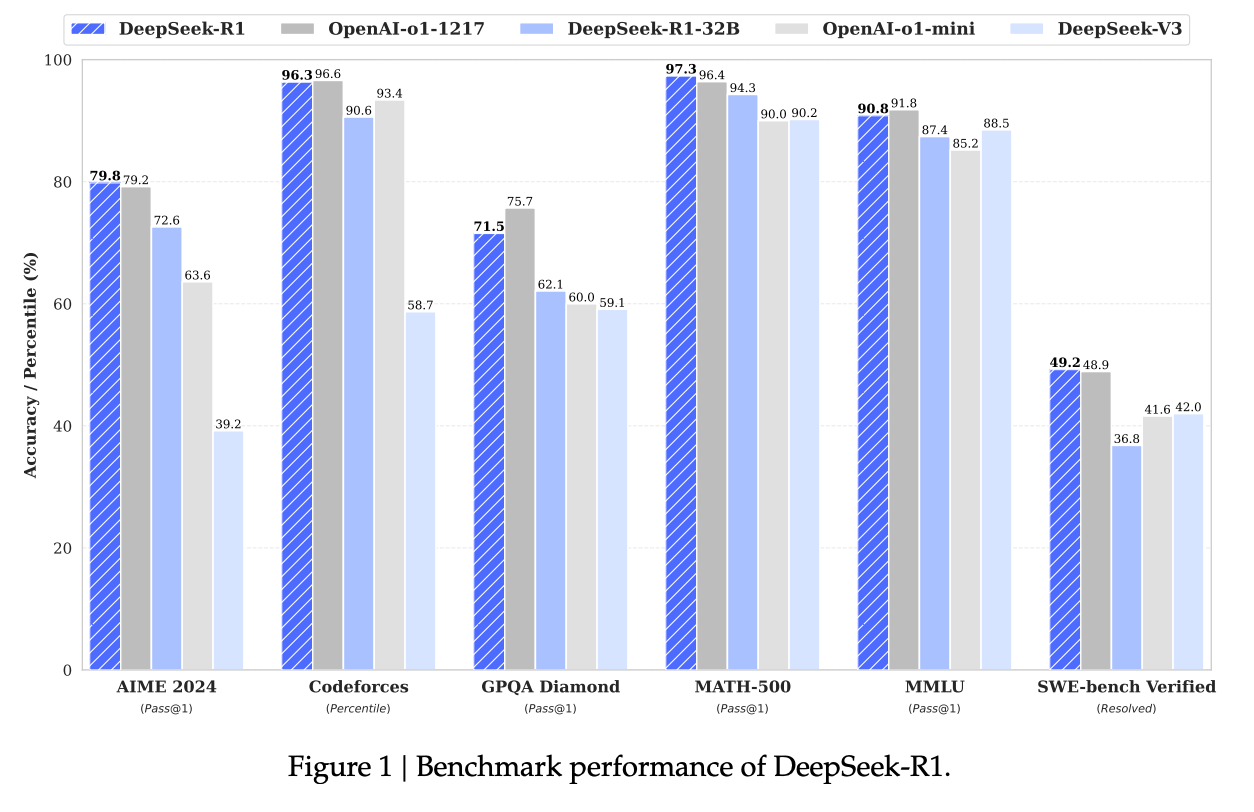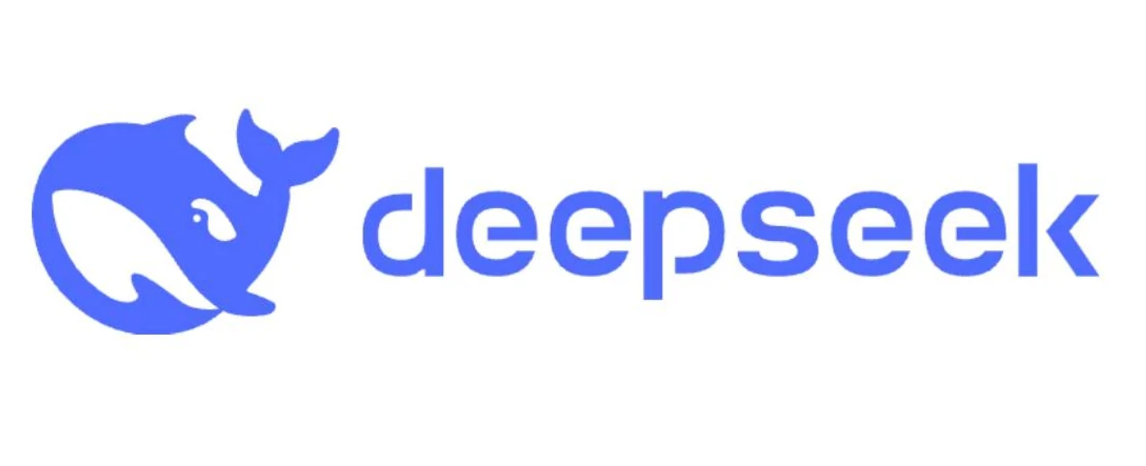Oxen.ai Blog
Welcome to the Oxen.ai blog 🐂
The team at Oxen.ai is dedicated to helping AI practictioners go from research to production. To help enable this, we host a research paper club on Fridays called ArXiv Dives, where we go over state of the art research and how you can apply it to your own work.
Take a look at our Arxiv Dives, Practical ML Dives as well as a treasure trove of content on how to go from raw datasets to production ready AI/ML systems. We cover everything from prompt engineering, fine-tuning, computer vision, natural language understanding, generative ai, data engineering, to best practices when versioning your data. So, dive in and explore – we're excited to share our journey and learnings with you 🚀
In this special Arxiv Dive, we're joined by Eugene Cheah - author, lead in RWKV org, CEO of Featherless AI, to discuss the development process and key decisions behind these models...

Phi-4 extends the existing Phi model’s capabilities by adding vision and audio all in the same model. This means you can do everything from understand images, generate code, recogn...

Group Relative Policy Optimization (GRPO) has proven to be a useful algorithm for training LLMs to reason and improve on benchmarks. DeepSeek-R1 showed that you can bootstrap a mod...

Last week on Arxiv Dives we dug into research behind DeepSeek-R1, and uncovered that one of the techniques they use in the their training pipeline is called Group Relative Policy O...

Since the release of DeepSeek-R1, Group Relative Policy Optimization (GRPO) has become the talk of the town for Reinforcement Learning in Large Language Models due to its effective...

In January 2025, DeepSeek took a shot directly at OpenAI by releasing a suite of models that “Rival OpenAI’s o1.” From their website: In the spirit of Arxiv Dives we are going to...

DeepSeek-R1 is a big step forward in the open model ecosystem for AI with their latest model competing with OpenAI's o1 on a variety of metrics. There is a lot of hype, and a lot o...

Today we released oxen v0.25.0 🎉 which comes with a few performance optimizations, including how we traverse the Merkle Tree to find files and folders. The main improvement is how...

In this post we peel back some of the layers of Oxen.ai’s Merkle Tree and show how we make it suitable for projects with large directories. If you are unfamiliar with Merkle Trees ...

Intro Merkle Trees are important data structures for ensuring integrity, deduplication, and verification of data at scale. They are used heavily in tools such as Git, Bitcoin, IPF...










